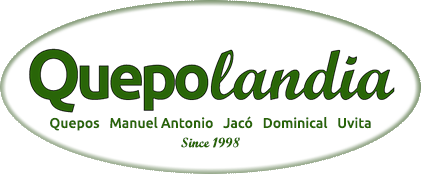Everyone who lives near Dominical has seen Tornillo (pronounced tor-knee-yo) at one time or another. He’s the guy with the black hat riding the bicycle toward Platanillo every week day in the mid afternoon. For twenty-four years Daniel Valverde Granados has lived in Platanillo and worked at Hacienda Barú. His work day begins at 6:00 AM, which means he has to leave home around 4:00. The ride down takes less than an hour, putting him at Hacienda Barú before sunrise. That leaves an hour to drink coffee and chat with his fellow workers, who usually begin arriving at 5:00. After eight hours of swinging a machete, building fence, planting trees and driving a tractor, Daniel again mounts his bicycle and begins the grueling uphill ride back to Platanillo, this time an hour and a half ride. As you might suspect, with an exercise-filled day like Daniel’s, he is in excellent physical condition. Now that he has decided to retire, he is worried about getting fat.
Read More
